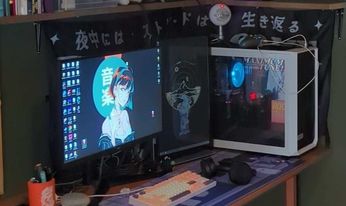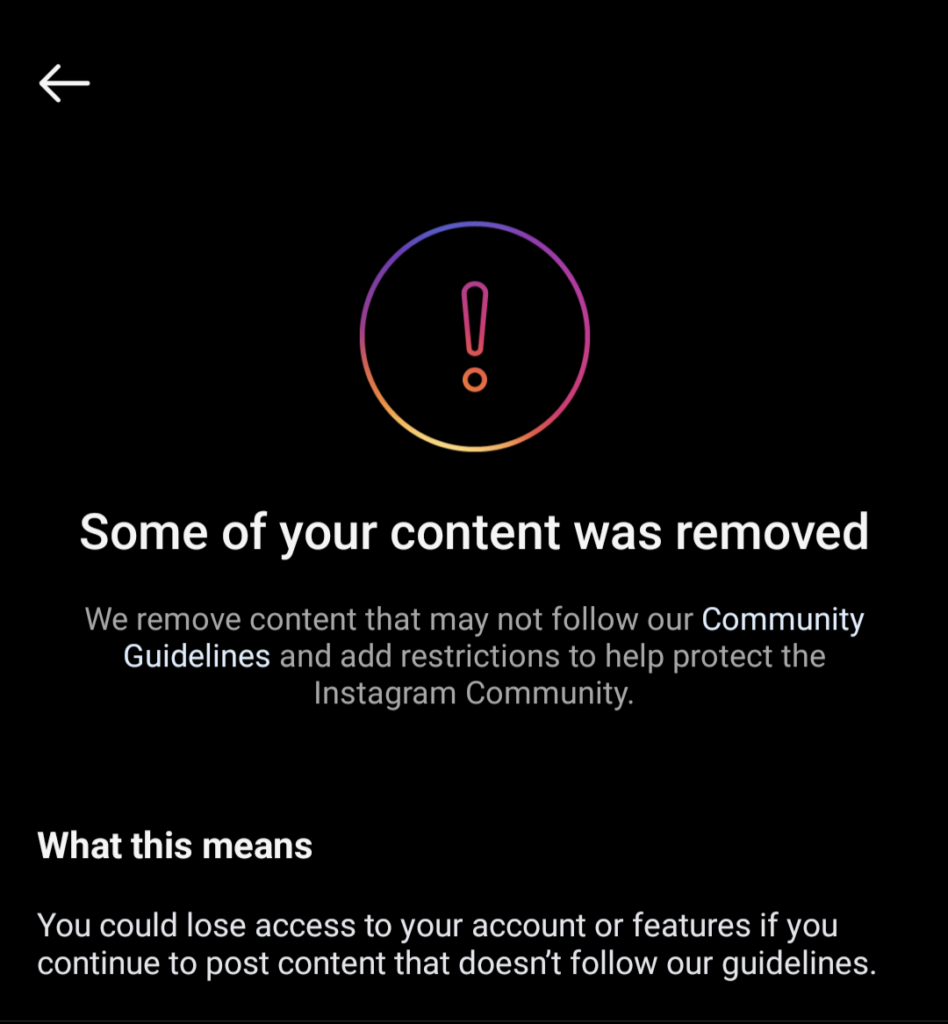Digital Literacy
Numeracy and literacy are foundational and frequent focuses within education. In a world where access and ability with digital devices and tools possess both great opportunities and risks, how do we help students understand digital tool use?
Depending on age group many students have a digital device in their pockets much of the time. Sometimes phones can be a distraction but in a school system that often struggles to provide adequate access to cellphones provide an entry into digital literacy. The divide between the two devices should be noted. Most portable devices are largely app based. Beyond searches apps are a major part of how small devices became so valuable to culture and day to day life, especially when the internet pivoted to social media. This capability often struggles to translate fully to personal computers, devices that are still incredibly useful for a lot of tasks and careers. Also, computers are cool. Thinking rocks with multiple moving parts all connected in a specific way with specific tasks running software developed in unique languages to do things that are mind blowing. Smart phones do this too but they often do a much better job of hiding it. They also hide one of the biggest tools people have for making computers useful, especially in Education, organizing files. I’m not going to suggest that clerical work should be a part of the grade 6 curriculum, but rather that part of being confident in using technology is being able to get it to do what you want and this often means clicking a little manilla envelope icon knowing what you’re looking for. Students can struggle with this. Students who are seemingly at home on mobile devices can be hampered by the less intuitive reality of most PC operating systems.
This boils into a surprisingly recurring part of my experience as an educator, some of the things I teach are going to be scary. For my students, and sometimes even me, new information can be frightening, and when it’s as complex and possibly hazardous as computers that fear is pretty reasonable. The idea then is to move past this fear, to give the power to the students. Sure computers can be an often fancy box filled with incredibly neat and complicated parts usually of somewhat high cost, but they’re also an incredibly cool tool to create.
I was lucky enough to take on the incredible challenge of teaching Music 8. I play a little guitar. I am only mostly confident in which end of a clarinet the sound is supposed to come out of. I taught digital music using the clunky and free software many nerds like me have come to know and love. It was a chance to talk about the historical importance of 808’s and hip hop, it was a chance to explain why file extensions and directories could make things fall apart. It was a chance to show how fixable things are when they’re clunky and you haven’t much choice. It was also a really wonderful chance to create. Students who were largely unexcited about learning rhythm or brief histories of Jazz and Country music were suddenly completely engaged. We learned to take music from the internet, navigate websites of sketchy download links. Confident students helped those who were battling Windows 10 for the first time. By the end everyone had created a song using a variety of tools and suddenly computers weren’t so scary. Ugly software and file conversion wasn’t impossible to live with, it was something that let you sample a Lil Peep beat into a digitally created violin score and cut in google translate saying “chicken nuggets”.
The best skiers, snowboarders, cyclists, and artists I know think of their tools as toys and opportunities to create. Knowing a computer isn’t literacy; I’ve known many computers, some of them were jerks! Literacy comes from a courage to learn and try, the ability to accept and experiment, and most importantly, the dare to create.


